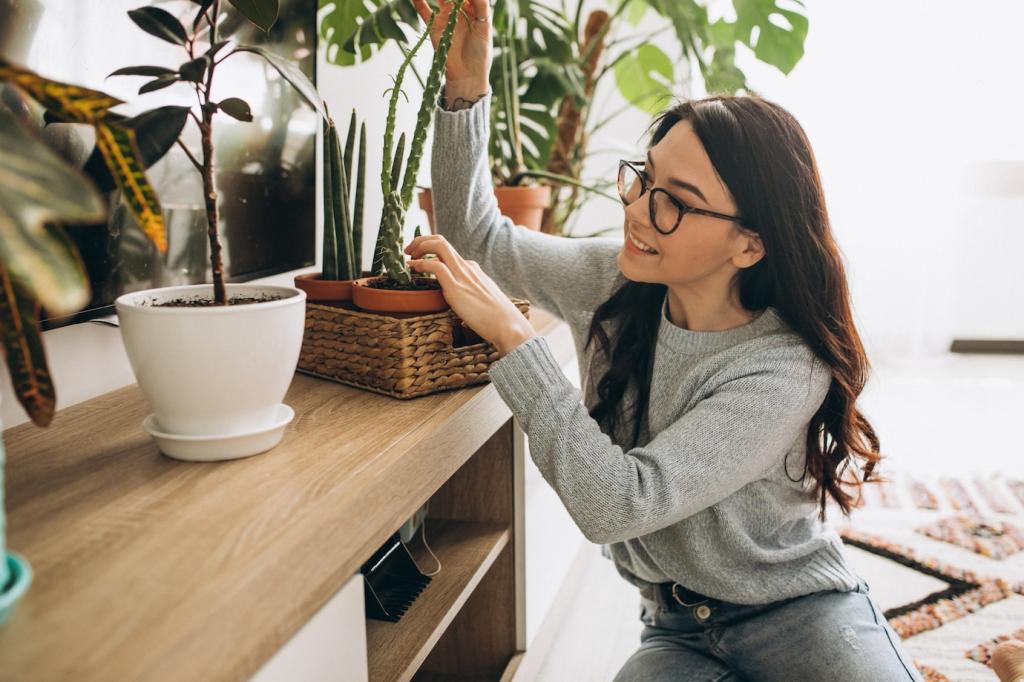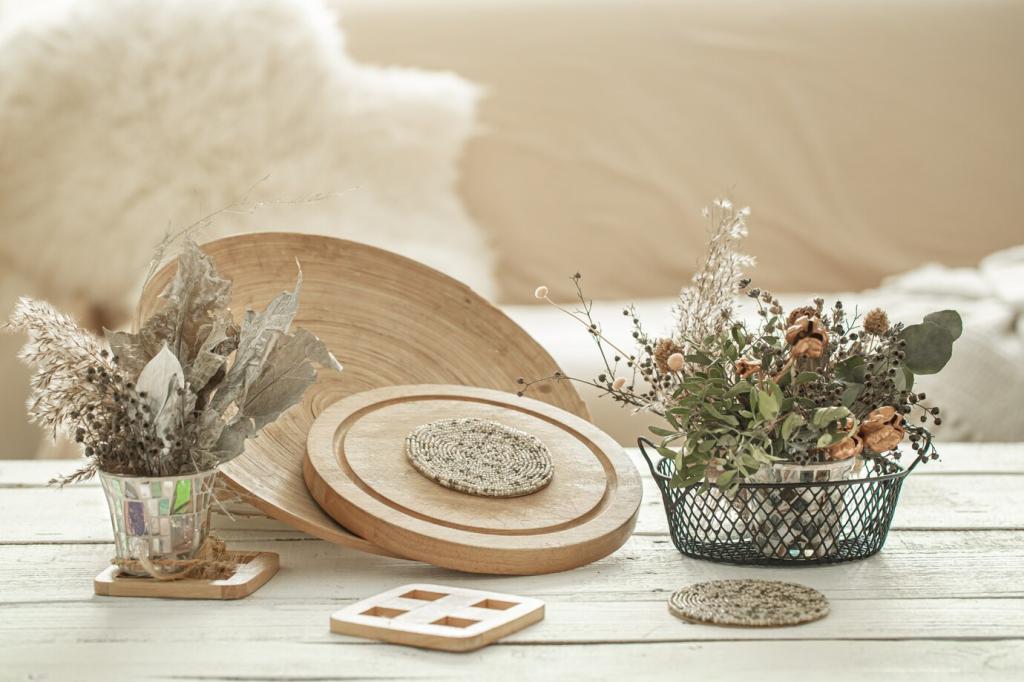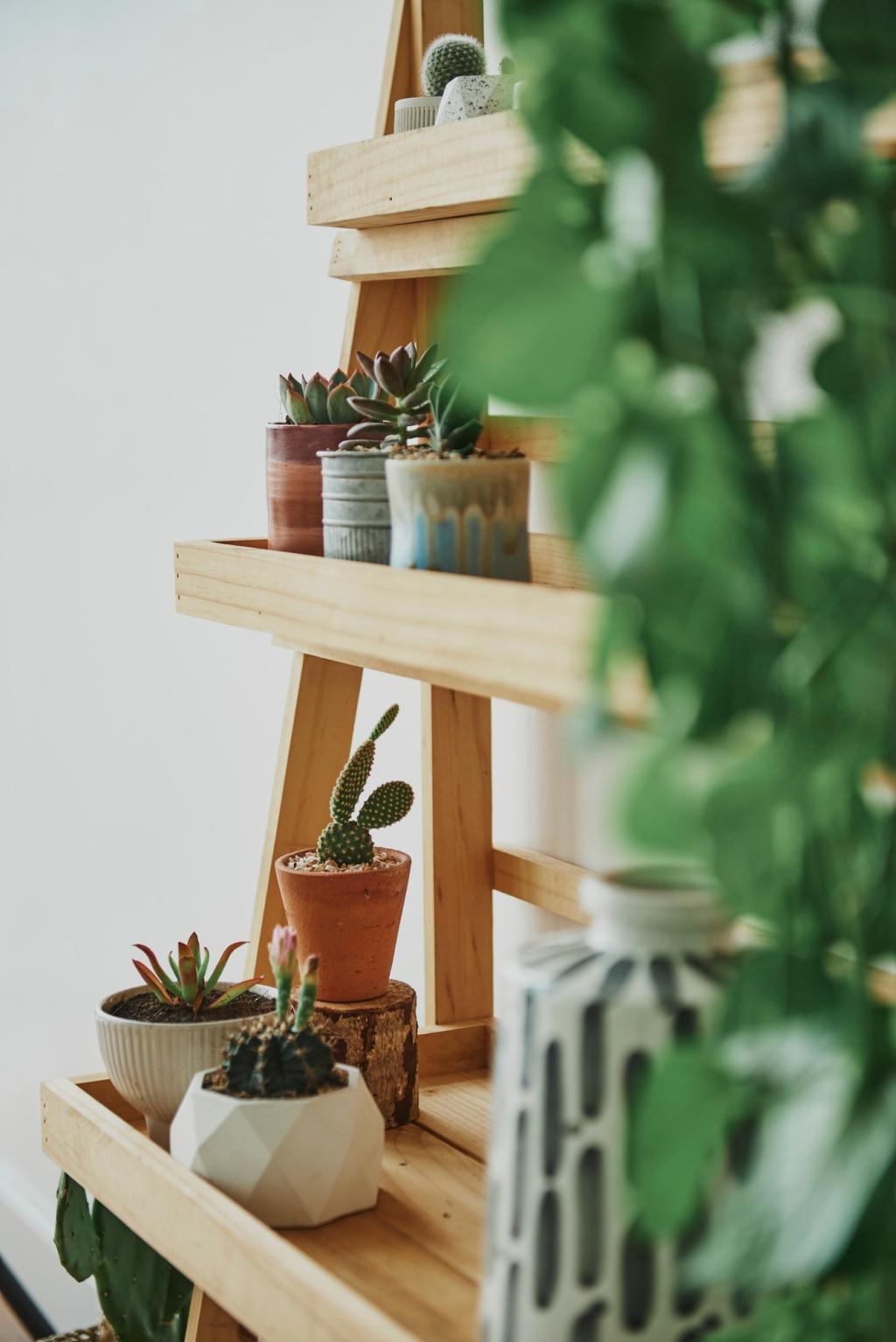Recycled and Upcycled Design Elements: Turning Waste into Wow
Chosen theme: Recycled and Upcycled Design Elements. Welcome to a home page where castoffs become conversation pieces, constraints spark creativity, and design honors both story and sustainability. If this vision resonates, subscribe and share your own finds—today’s overlooked object might be tomorrow’s showstopper.
Why Reuse Matters in Design
From Landfill to Living Room
A salvaged gym floor once destined for landfill became a coffee table in my studio. The maple carried scuffs from decades of games; we filled the gouges with clear resin, leaving the lines visible. Guests now trace them with their fingers and ask questions, turning a surface into an origin story.
Design That Cuts Waste Before It Starts
Recycled and upcycled design elements help avoid new resource extraction and energy-intensive manufacturing. By mining local waste streams—demolition sites, surplus yards, or community swaps—we shorten supply chains, reduce packaging, and keep materials in circulation. Comment with your favorite sourcing spot so others can discover responsible, creative alternatives.
Constraints as Catalysts
Working with existing dimensions, finishes, and quirks forces smarter problem-solving. That odd bolt pattern or weathered patina often leads to ingenious connections and richer textures. If constraints have ever improved your project, tell us what limitation sparked a breakthrough—your story might inspire a reader’s next redesign.
The Upcycler’s Materials Playbook
Reclaimed wood carries tannins, old finishes, and hidden fasteners. Start with a metal detector and gentle cleanup to protect blades and lungs. Keep nail holes as design accents, stabilize checks with butterfly keys, and celebrate grain variations. Share photos of your favorite reclaimed species and how you highlighted its history.
Techniques That Honor Material Integrity
Deconstruction Without Destruction
Pulling apart pallets or casework is not about brute force; it’s about sequence. Score glue lines, work slowly around fasteners, and label parts as you go. A careful deconstruction yields longer, cleaner stock with fewer splits. Share your step-by-step method to help beginners avoid heartbreak and wasted boards.
Surface Alchemy: Finishes With Restraint
Upcycled pieces shine when finishes protect without erasing character. Try soap finish on oak, hardwax oils on walnut, or milk paint to soften flashing colors. Always test for old coatings and contaminants first. Comment with your favorite low-VOC or plant-based finish that lets a material’s story show through.
Hybrid Joinery for Mixed Materials
Combining metal, wood, and glass calls for connectors that allow movement and dissimilar expansion. Use slotted holes, grommets, and breakaway interfaces to prevent stress cracks. Dry-fit everything, then lock alignment with hidden brackets. Post your clever fastener solutions—someone might adapt your trick to rescue a difficult piece tomorrow.

The Pallet Desk That Funded a Garden
A student built a desk from heat-treated pallets, sold it locally, and donated the proceeds to a community garden. The desktop kept stamp marks visible; each code became a conversation about global shipping and local giving. That project inspired three neighbors to start their own weekend upcycle challenges.

A Bicycle Reborn as an Entry Console
An old frame with a seized crank became a narrow hallway console. We powder-coated the steel, added a reclaimed plank top, and used the chain as a key holder. Visitors always reach for the pedals out of habit, then smile at the surprise. Share your most unexpected transformation below.

Grandma’s Suitcase, Now a Speaker
A vintage suitcase with a torn liner turned into a Bluetooth speaker cabinet. We stiffened the panels, added acoustic foam, and mounted drivers behind a fabric grille that matched the original lining. The first song played at a family reunion. Tell us what heirloom you’d love to reimagine next.
Get Involved: Learn, Share, Subscribe
Pick one overlooked item from your home—jar, plank, broken lamp—and give it a useful second life. Document your steps, costs, and lessons learned. Post before-and-after photos and invite feedback. Your experiment could become a featured tutorial and inspire someone to keep their own materials in circulation.
Comment with sourcing tips, trusted finish recipes, and repair tricks that saved a project. Ask questions, critique kindly, and link to resources that helped you. We highlight thoughtful contributions in future posts so great ideas reach more makers experimenting with recycled and upcycled design elements.
Subscribe to receive project briefs, tool checklists, and local sourcing guides curated for recycled and upcycled design elements. Expect spotlights on makers, before-and-after breakdowns, and seasonal material trends. Hit subscribe now, and reply with topics you want us to explore in upcoming deep dives.

